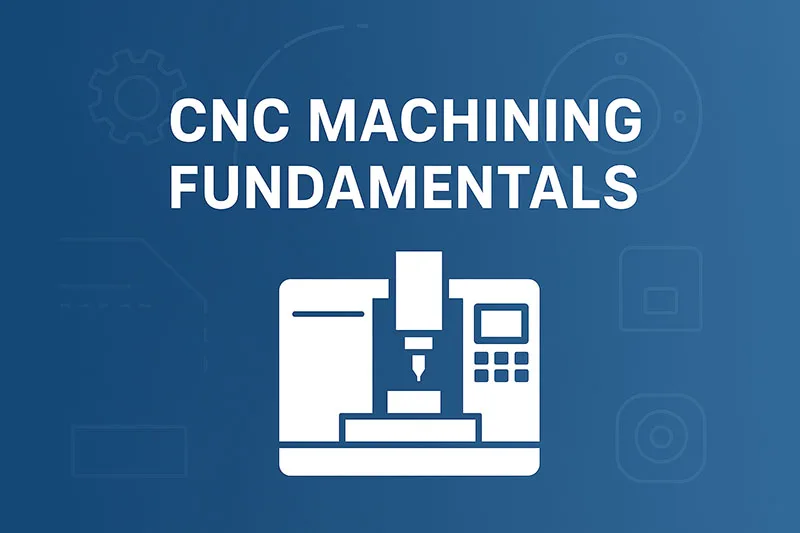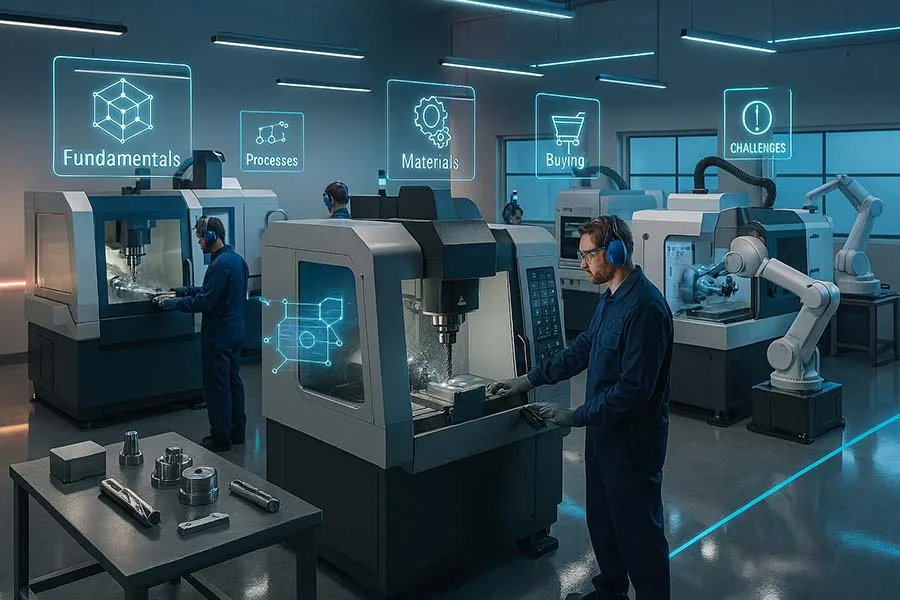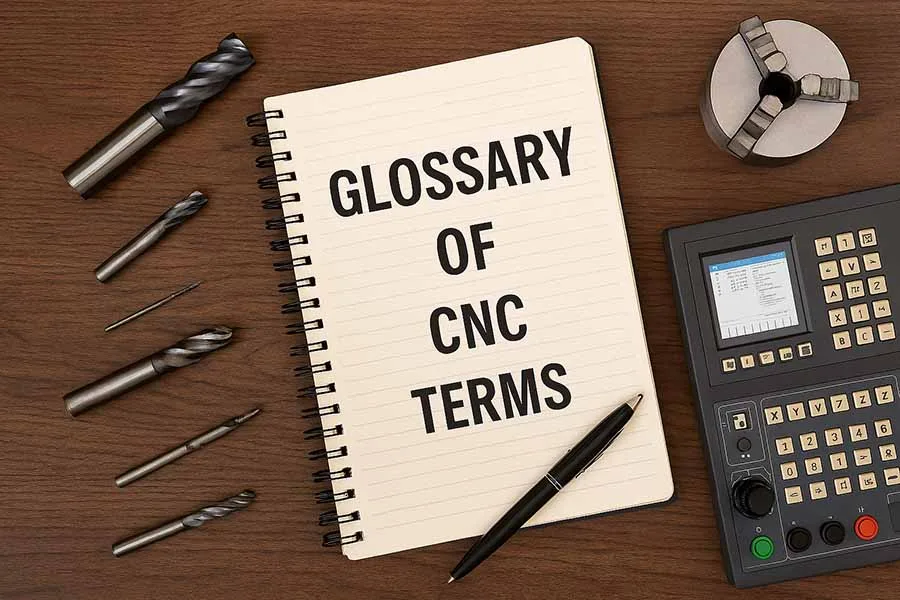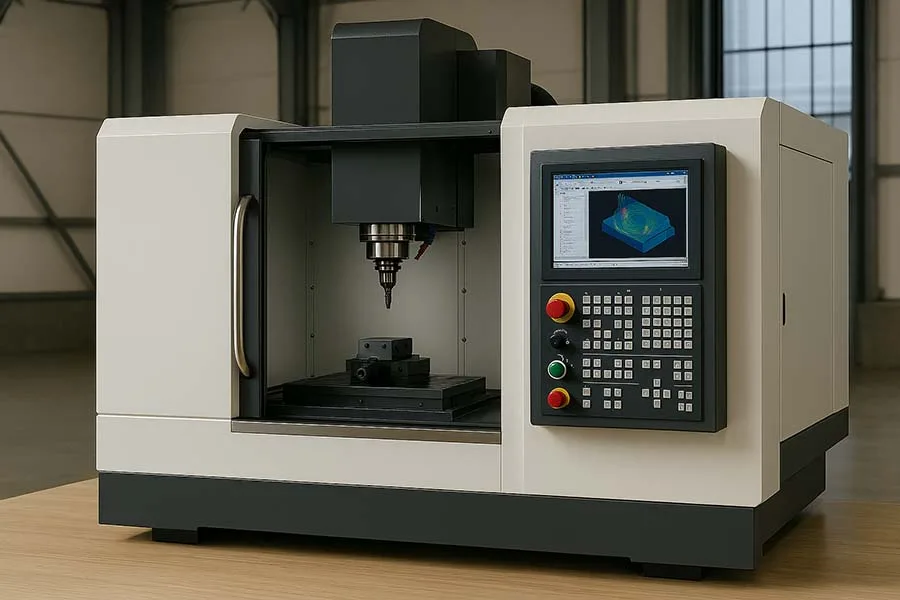Introduction
Welcome to CNC Machining Fundamentals—your complete starting point for understanding the world of computer-controlled precision manufacturing. Whether you’re new to the field, an experienced machinist, or simply curious, this guide connects the dots between the history, machine types, programming languages, and key challenges of CNC.
This page ties together all the essentials and points you toward detailed resources to explore further.
CNC Machining: The Backbone of Modern Manufacturing
Explore the full CNC Machining knowledge hub—where each subcluster dives deep into a specific area of expertise. From buying guides and brand comparisons to training, safety, and troubleshooting, this is your complete resource for mastering CNC. Navigate seamlessly between topics and build your understanding with precision.
1. What is CNC Machining?
At its core, CNC (Computer Numerical Control) machining is a subtractive manufacturing process where computer-generated instructions control cutting tools to shape raw material. The result is unmatched precision, consistency, and speed compared to manual machining.
To get a comprehensive overview of what CNC machining really is, its processes, and its possibilities, read:
2. The Evolution of CNC Technology
CNC technology didn’t appear overnight. It began with punched tape–based NC systems in the mid-20th century and evolved through computerization into today’s smart, connected, AI-driven systems.
Discover the journey from simple automation to Industry 4.0 in:
3. Types of CNC Machines
CNC is not a one-size-fits-all approach. From lathes and milling centers to routers, plasma cutters, and more—each machine type serves a unique role in manufacturing.
For a breakdown of the most common machines and their applications, visit:
4. CNC Programming Languages
Behind every CNC machine is a program. Operators rely on G-Code to dictate tool paths and M-Code to control machine operations. These coding languages form the backbone of CNC work, ensuring precision and repeatability.
For an in-depth look at programming, check out:
5. Avoiding CNC Programming Mistakes
Even with the best code, mistakes happen. From misplaced decimal points to incorrect offsets or forgotten safety lines, errors can lead to scrap parts or even damaged machines.
Learn how to spot and prevent the most frequent issues in:
6. CNC vs. Manual Machining
CNC machining isn’t always the default choice. Manual machining still plays a role in one-off projects, prototyping, and tasks requiring a human touch. But CNC shines in consistency, scalability, and handling complex geometries.
Compare the two approaches here:
Why These Fundamentals Matter
Understanding CNC fundamentals is more than theory—it’s a strategic advantage. Knowing how machines work, how programming languages function, and where errors commonly occur helps you:
- Improve product quality
- Reduce downtime and waste
- Speed up production cycles
- Leverage automation for long-term efficiency
Conclusion
CNC machining sits at the heart of modern manufacturing. By mastering its fundamentals—history, machine types, programming, and best practices—you’ll be equipped to optimize processes, reduce errors, and push innovation forward.
Do you have experience with CNC machining—or questions about getting started? Share your thoughts below, and let’s keep the conversation moving.





